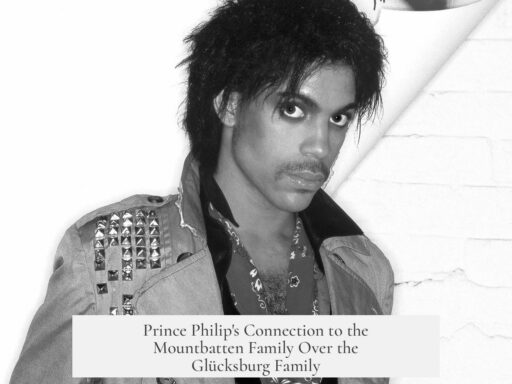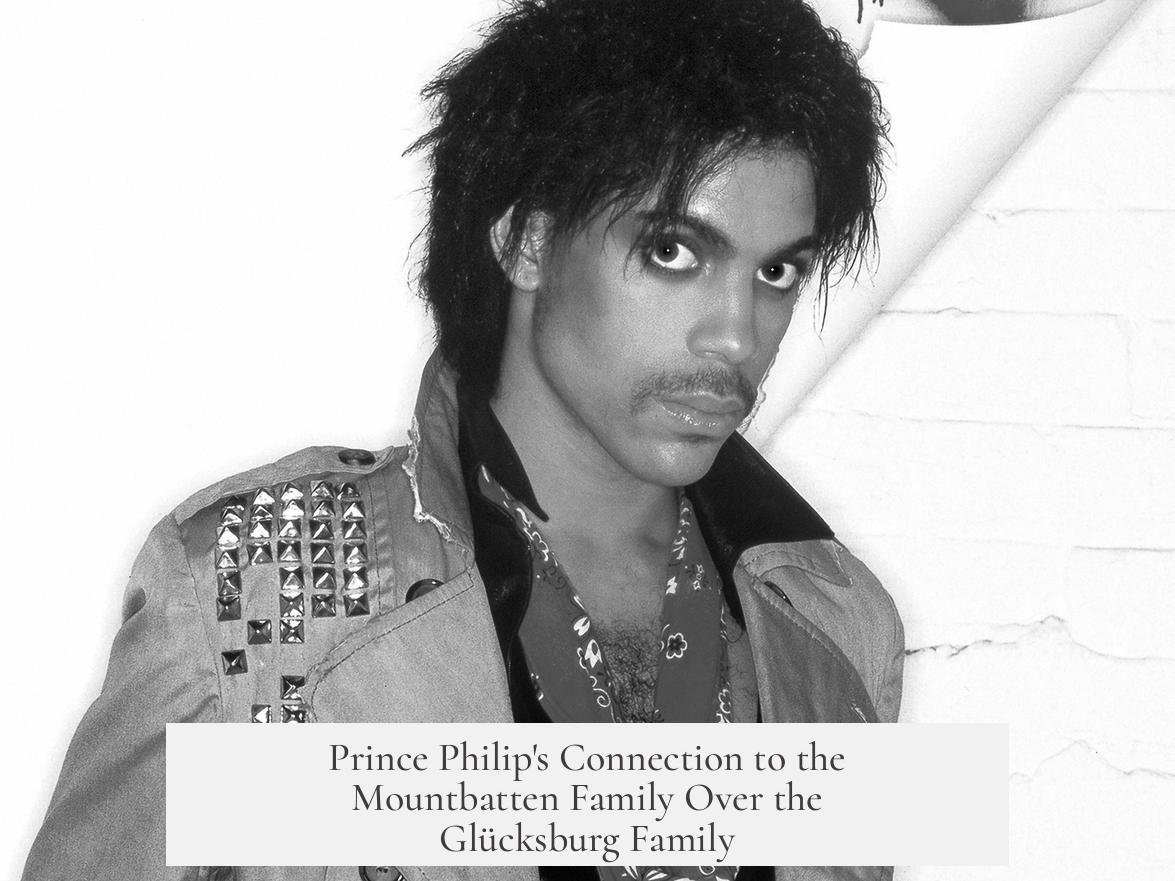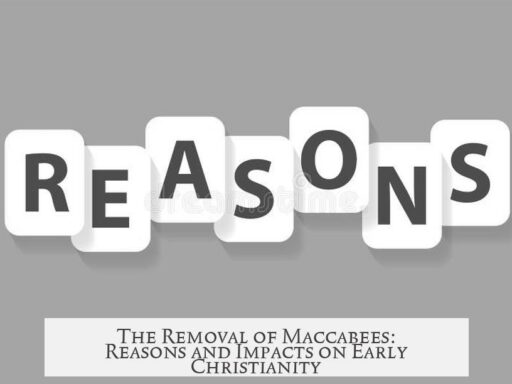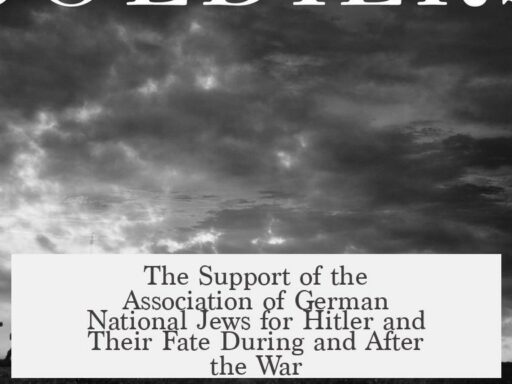Prince Philip, Duke of Edinburgh, is referred to as belonging to the Mountbatten family of his mother rather than the Glücksburg family of his father because he officially changed his surname to Mountbatten upon naturalizing as a British citizen in 1947. This change coincided with his engagement to Princess Elizabeth, later Queen Elizabeth II. He renounced his Greek and Danish titles and citizenship and adopted the anglicized surname of his maternal family, distancing himself from the German-Danish Glücksburg name of his father. The Mountbatten name had previously been anglicized from Battenberg during World War I to avoid anti-German sentiment, making it more acceptable in Britain. Moreover, Philip’s personal connections and upbringing were more closely tied to the Mountbatten family, particularly the influence of his uncle Louis Mountbatten, which strengthened his identification with that side. Finally, the adoption of Mountbatten reflected political, public relations, and historical considerations as Philip integrated into the British royal family.
Prince Philip was born Prince Philip of Greece and Denmark, belonging to the Glücksburg family through his father, Prince Andrew of Greece and Denmark. This lineage connected him to a German-Danish noble house. However, his early family life was turbulent. After the fall of the Greek monarchy in 1922, his family was unsettled across Europe. His father’s frequent absences, his mother’s hospitalizations due to illness, and the marriage of his sisters fractured the paternal family ties.
In contrast, the Mountbatten family, his maternal relatives, provided stability and guidance. His mother, Princess Alice of Battenberg, descended from the Battenberg family, which had changed its name to Mountbatten in 1917 amid widespread anti-German sentiment in Britain during World War I. The Battenbergs were originally a German noble family. The reigning British monarch at the time, King George V, issued a proclamation requiring British royals to relinquish German titles and surnames, leading the Battenbergs to anglicize their name.
Philip’s maternal grandfather, Louis Mountbatten, was a prominent British naval officer who actively established a British identity for the family. Philip’s close relationship with his uncle, Louis Mountbatten (“Dickie”), who acted as a surrogate father after Philip’s parents separated, further solidified the connection with the Mountbatten side. Philip likely chose the Mountbatten name to honor this personal bond and effectively separate himself from his disrupted paternal family.
The formal change occurred in February 1947 when Philip renounced his Greek and Danish titles and citizenship to become a British subject. At this time, he adopted the surname Mountbatten officially. This step was crucial because it preceded his marriage to Princess Elizabeth and aligned with British national sentiment. The Glücksburg name, being of German-Danish origin, carried connotations many British people found troubling shortly after World War II. British public and political opinion favored a surname that sounded English and integrated Philip more comfortably into the royal establishment.
An additional element was the previous example set during WWI when the British royal family renamed itself from Saxe-Coburg and Gotha to Windsor for similar political and public relations reasons. The Mountbatten name served the same purpose: distancing individuals and families from German origins in favor of a British identity acceptable to the public.
| Aspect | Mountbatten | Glücksburg |
|---|---|---|
| Origin | Maternal family, originally Battenberg (German), anglicized during WWI | Paternal family, German-Danish noble lineage |
| Political Context | British and anglicized name, avoiding German association post-WWII | Associated with foreign and German-Danish titles, less acceptable in Britain |
| Personal Influence | Supported and raised by Mountbatten relatives, especially uncle Louis | Father was distant; family fractured by political upheavals |
| Name Change | Officially adopted in 1947 upon naturalization as British citizen | Renounced along with Greek and Danish titles before marriage |
Philip’s adjustment of nationality and name was affirmed publicly. For instance, the British Parliament formally acknowledged him as Prince Philip Mountbatten at the time of his engagement. Some opposition arose, reflecting sensitivity over his Greek origins, but the change to Mountbatten facilitated his acceptance in Britain.
Upon marrying Princess Elizabeth in 1947, King George VI bestowed upon Philip the title Duke of Edinburgh. Later, in 1957, Queen Elizabeth II granted him the title Prince of the United Kingdom. Though married to the Queen, Philip never became King; British tradition holds that the husband of a reigning Queen is designated as Prince Consort, not King. The surname Mountbatten carried onto his descendants in combination with Windsor, leading to the surname Mountbatten-Windsor for his children, reflecting the British lineage.
This choice reinforced the clear break from his paternal German-Danish roots and supported the royal family’s image and identity within Britain. The Mountbatten name thus symbolized both a personal and political alignment with British values and heritage.
- Prince Philip renounced his Greek-Danish titles and citizenship, adopting Mountbatten upon British naturalization in 1947.
- The Mountbatten name was an anglicized form of Battenberg, changed during WWI to distance from German ties.
- Philip was raised and supported by the Mountbatten side, especially his uncle Louis Mountbatten.
- The British public and monarchy preferred a British-sounding name, especially after WWII.
- Philip’s descendants carry the hyphenated surname Mountbatten-Windsor, reflecting his maternal family.
- British tradition did not allow Philip to be king; he was Prince Consort.




